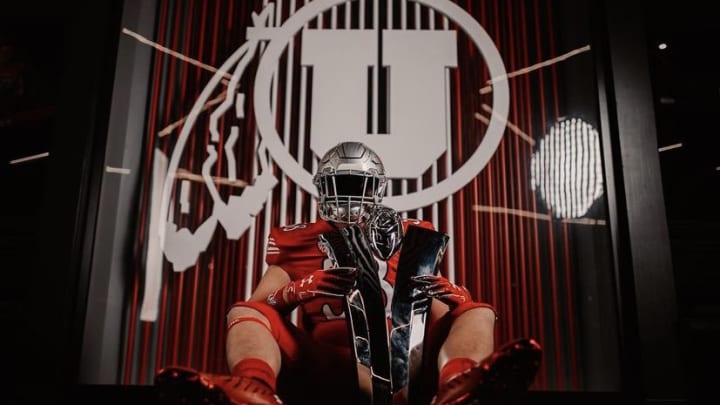Why stars matter

Recruiting is the lifeblood of any college football program and the University of Utah is no different. As a veteran of many Twitter battles, I'd like to walk you all through a little recruiting primer.
We’ll review how stars work, the difference between rankings and ratings, and examine some trends within Utah Football and some of her geographical rivals.
Contrary to what fans of a certain fanbase will try to tell you, stars matter VERY much. Most rating sites follow similar guidelines on how they sort players even if they value different characteristics. In general, the top 32 overall players in a given class will receive five-star status. This mirrors the First Round of the NFL Draft’s 32 selections. The class of four-stars is roughly 10x larger and will encompass the top 10% of a high school class, or roughly 350 student-athletes. All combined, Four and five-star recruits are known as “Blue Chips” and need to make up a large percentage of a team’s roster if it has true national title hopes. For reference, Utah has never landed a five-star out of high school and only picks up a couple of four-stars each year.
The three-star level is where things start to really get interesting. There is such a wide-range of prospects in this group that strong developmental and scouting staffs like Utah’s can really make some hay. Over the last decade or so, Utah’s average recruit rating has steadily risen to the level of a high three-star. The next step will be for the Utes to get into an 89+ average rating and increase their Blue Chip Ratio (number of four and five-star prospects relative to the entire roster) to a point where the program can realistically compete for national championships.
not saying goodbye, see ya later! Thanks for treating so well SLC! Can’t wait to get back #GoUtes 🖤 @Coach_KMcDonald pic.twitter.com/N5qx1pCnGu
— Jaylon “2 Piece” Glover 💨 (@officiallyyjay1) October 31, 2021
When talking recruiting, many folks on Twitter and in the media will focus on a recruiting RANKING. While this is instructive, looking at a team’s average RATING is much more valuable. Rankings assign weights to a team’s top 16 recruits in a bell curve structure. This means that each program’s top recruit is weighted at 100% then decreasing down to the team’s 16th highest rated recruit. Teams with fewer than 16 signees in a class will be penalized even if the few signees they do have are all very highly rated. Schools that sign large classes will see the benefit of their lowest ranked recruits being left out of the ranking formula.
Now you’re probably saying to yourself “Connor, where does the smack talk come in?” The answer to that is right now. Heading into the early signing period, many BYU fans were crowing about how BYU had surpassed Utah in recruiting. That they were seeing a “Big 12 bump”, and that the talent gap was no more. The facts paint a much different picture. As shown in the chart below, BYU’s average recruit rating is essentially flat to their 2021 class, hovering just below an 84 average . Utah has steadily increased their talent level to an 87.5 average and will likely soon surpass the 88 level. As an added bonus, check out how much Herm Edwards has absolutely tanked ASU’s recruiting. ASU has historically out-recruited Utah only to be hampered by inferior coaching and development. They were roughly Utah’s recruiting equal in 2021 and have now fallen to a level just above BYU in 2022.
Potentially the most 🔥 photo ever taken. #GoUtes pic.twitter.com/foHkvAE8m8
— Cole Bagley (@BagleyKSLsports) November 24, 2021
Stars matter, rankings matter, and average ratings matter. Utah recruiting has been on a relatively steep, steady climb since the 2014 class with no end in sight. The 2023 class is brimming with talent both locally and nationally, and I expect that Utah will eclipse the 88 average rating in the 247 Composite. A continued talent-level increase coupled with Utah’s standard of excellent coaching and development could lead to the Utes reaching new heights in the 2022 season and with the 2023 recruiting class.

Facebook - @UtahSportsIllustrated
Twitter - @SI_Utah
Instagram - @SI_Utah
